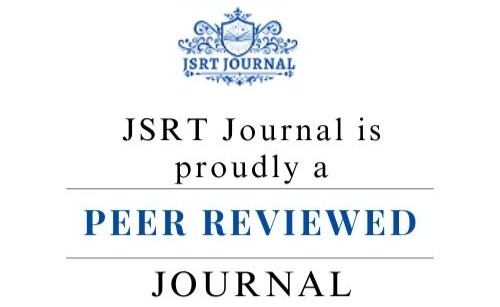Machine Learning Technique For Prediction Of Wind And Rainfall Using Underwater Measurement
DOI:
https://doi.org/10.5281/zenodo.8330249Keywords:
Wind, Rainfall, Underwater Measurements, Passive Aquatic Listener (PAL), CatboostAbstract
Analyzing underwater ambient acoustics may be used to measure precipitation as well as wind over ocean. For purposes of this research, machine learning approaches used to measure wind speed or precipitation rate were compared to empirical methods employed in prior studies using ambient ocean sounds collected by a PAL in Mediterranean. Genoa, Italy, was hit hard by two storms in June 2011 and May 2012, which resulted in significant coastal flooding. Hi gh-quality in situ data measured by a spar buoy on surface above PAL were used to train and validate model. There is a correlation coefficient of 0.95 between acoustic information with wind speed using machine learning models, which is a significant improvement over prior technique. Measurements of total precipitation for 12 occurrences were made using CatBoost plus random forest models, exhibiting mean and median errors of 28 and 34 percent and 18 and 17 percent, respectively, for both models. Using machine learning to analyze information from underwater acoustic recorders may assist enhance in situ measurements throughout seas worldwide.











